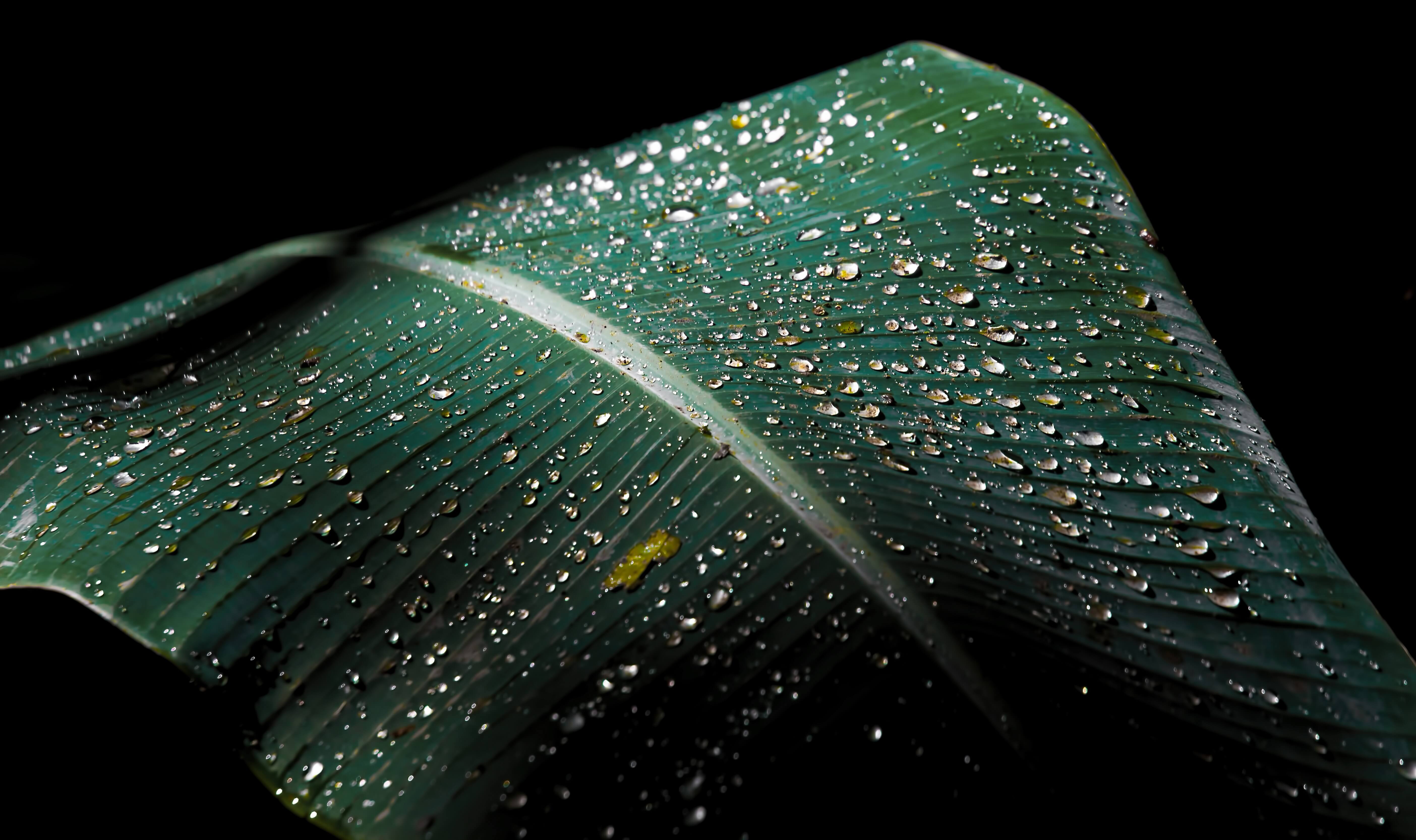Science and Medicine
From nanoporous materials new solutions to environmental protection
13 February 2019
| Written by La redazione
A research by La Sapienza University has shed light on the mechanisms that make nanoporous materials able to get wet and dry in a reversible way: a discovery that could offer new solutions for innovative energy applications.
A research team from the Department of Mechanical and Aerospace Engineering of La Sapienza University has succeeded in designing nanostructured materials capable of wetting and drying in a reversible manner. Thanks to the presence of numerous small pores (of the size of a few nanometers), a particular category of devices, the so-called HLS systems (Heterogenous Lyophobic Systems), is equipped with an extraordinary capacity for energy storage. Made with nanoporous materials, they behave like a “liquid” battery, charging with increasing water pressure that permeates the pores and discharging, making mechanical energy usable when the pressure decreases.
Until now, however, the mechanisms that allow this function were still obscure.
The study of the La Sapienza University, coordinated by Carlo Massimo Casciola, has investigated this aspect, exploring the behavior of various porous materials through experiments of intrusion and extrusion of water at high pressures. Thanks to the findings of the research team, published in the journal ACS Nano, it will be possible to put new solutions starting from porous materials. These are in particular innovative applications in the fields of water purification, shock absorption, but above all for the creation of new sources of energy that are more sustainable from an environmental point of view.
“The microscopic mechanism at the origin of water expulsion - explains Alberto Giacomello from the research team - is linked to the existence of nanometric bubbles inside the interconnections between pores, which reduce the contact between water and walls, giving rise to real superhydrophobic pores”.
“Our study offers valid theoretical and computational tools to scientists and engineers to design nanostructured materials that take full advantage of the characteristics of liquids in nanopores - says Carlo Massimo Casciola, head of the research project - such as the ability to wet or dry a surface reversibly or increase their wall mobility. In this field there are numerous possibilities for new applications that include accumulators of mechanical energy for renewable sources and energy recovery, absorption of vibrations and shocks, water purification techniques and surfaces capable of regenerating the superhydrophobic state”.
La redazione
Last post by La redazione






